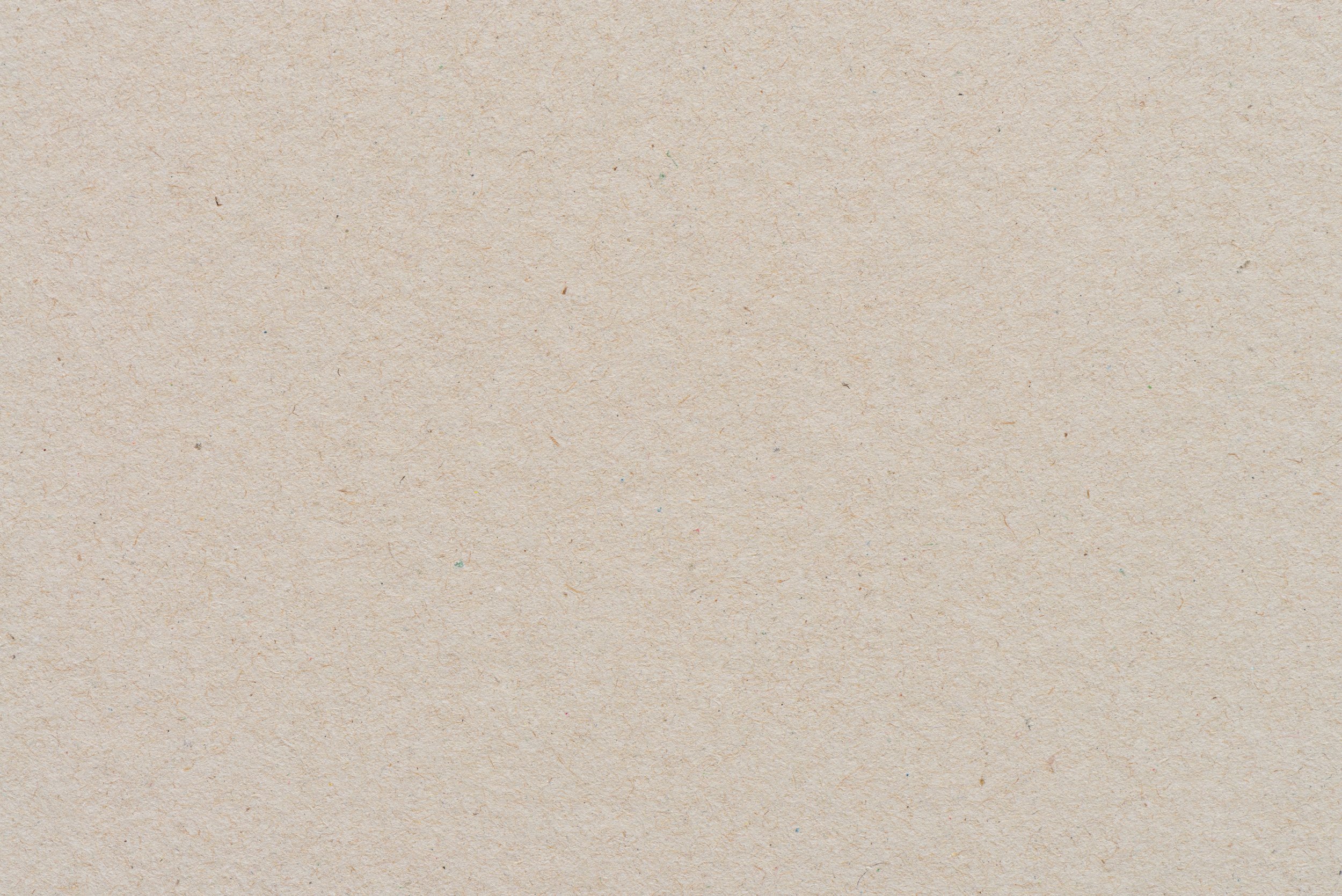
Waves
LESSON 2
Children explore waves through a story, hands-on experiments, and creative activities to understand how waves move and what they look like.
The book “Wave” by Suzy Lee
Shallow dish or pan
Water
Supplies for one or both activities below
Wave in a Bottle
Clear glass or plastic bottle
Baby oil or a clear oil
Blue food coloring
Water
Painting Waves
Blue paint, paper, and paintbrush
Materials
Preparations
Gather materials.
Assist children in interpreting the illustrations in the book “Wave.”
Guide children in observing and describing wave patterns during experiments and activities.
Help children create and observe waves through simple experiments.
Support children in creating their own wave patterns through art activities.
Objectives for Teachers
Children understand that a wave is a big movement of water that goes up and down.
Children observe and describe wave patterns in different experiments.
Children see how waves are made by blowing on water and watching the results.
Children create their own wave patterns using art materials.
Objectives for Children

Collect and Connect
Practice saying the poem “The Beach” together with the actions you came up with.
The Beach
Come to the beach,
Where the sea is blue.
And little white waves,
Come running at you.
A wave comes splashing
Over your toes.
You just stand still,
And away it goes.
We’ll build a castle,
Down by the sea.
And look for shells,
If you’ll come with me.

Activity Flow
Begin this lesson by reflecting on your beach exploration. Here are some questions you could ask:
What was your favorite part of our field trip/play exploration?
What do you know about the ocean?
What do you wonder about the ocean?
2. Next, introduce the book “Wave” to your child. Ask your child if they know what a wave is. Then explain that this book is about a girl who visits the beach with her mom. This book has no words, only pictures, so we will look closely at each picture to figure out what is happening and what the girl is feeling throughout the story.
3. Read the book together, making up your own narrations based on the illustrations.
4. After the story, initiate a conversation about what was observed:
At the beginning of the story, how do you think the girl felt about the wave?
Why do you think she felt curious or afraid?
What happened to the wave when she scared it?
Did her scaring the wave cause it to retreat or go back?
After watching the waves for a while, how did her feelings change?
How did she feel about the big wave?
What did she find after the big wave?
At the end of the story, we see the girl and her mother walking away. Do you think the girl wants to visit the beach again?
Is there anything new you learned about ocean waves?
5. Explain that a wave is a big movement of water in the ocean that goes up and down and comes to the shore, then goes back into the ocean. Ask your child what they think causes waves. Then conduct a simple experiment to learn how waves are created:
Wave Experiment
Fill a shallow dish or pan with water.
Use a straw to gently blow on the surface of the water to create waves.
Observe how the water moves up and down and toward the edges of the dish, then retreats back.
After your experiment ask your child what caused the waves in the dish. Then talk about how the wind blowing on the water makes waves, just like you used the straw to create waves in the dish.
5. Conclude this activity by creating one or both of the following:
Wave in a Bottle
Pour water into the clear glass or plastic bottle until it is about halfway full.
Add a few drops of blue food coloring to the water to represent the ocean. Secure the lid and shake the bottle to mix the color evenly.
Fill the rest of the bottle with baby oil or clear oil, leaving a small space at the top.
Make sure the lid is tightly secured.
Gently tip the bottle back and forth to see how the water and oil move to create wave-like motions.
Explain to your child that the water represents the ocean, and the oil stays on top to show how waves move over the water.
Painting Waves
Place a piece of paper on a flat surface.
Dip the paintbrush into the blue paint.
Use the brush to paint wave patterns on the paper. You can make the waves big or small, and experiment with different shapes.
Allow the painting to dry and then observe how the waves look on paper.






